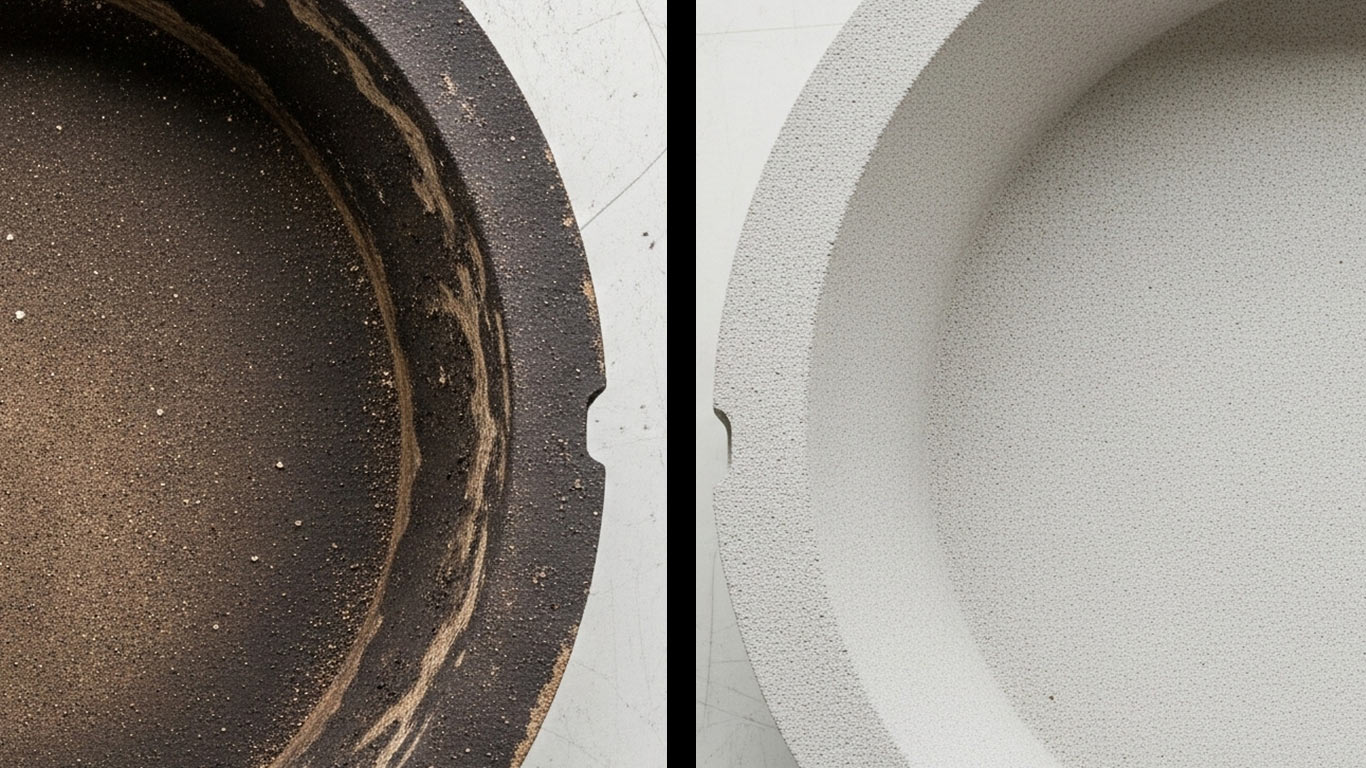
FDA
FDA 21 CFR 1040.10 - Laser Product Performance Standards



In demanding industrial applications, alumina stands out for its superior heat resistance, which maintains the material's stability and strength even under extreme thermal stress—unlike softer ceramics that tend to crack or warp—delivering reliable performance in precision-dependent uses such as aerospace components and medical instruments.
I've seen the contaminated alumina surface under 1000x magnification, and it looks rough with scattered dark specks clinging tightly. Layers of grime build up unevenly, hiding the base material beneath a dull haze. This buildup creates irregular pits that catch the light oddly.
After laser treatment, the same surface appears smooth and uniform at 1000x, with no traces of those dark specks left behind. The haze lifts completely, revealing a clean, even texture that reflects light steadily

FDA 21 CFR 1040.10 - Laser Product Performance Standards

ANSI Z136.1 - Safe Use of Lasers

IEC 60825 - Safety of Laser Products

OSHA 29 CFR 1926.95 - Personal Protective Equipment

EPA Clean Air Act Compliance

ASTM C848 - Standard Specification for High Alumina Refractory Brick

ISO 23146 - Technical Ceramics
License: Creative Commons BY 4.0 • Free to use with attribution •Learn more